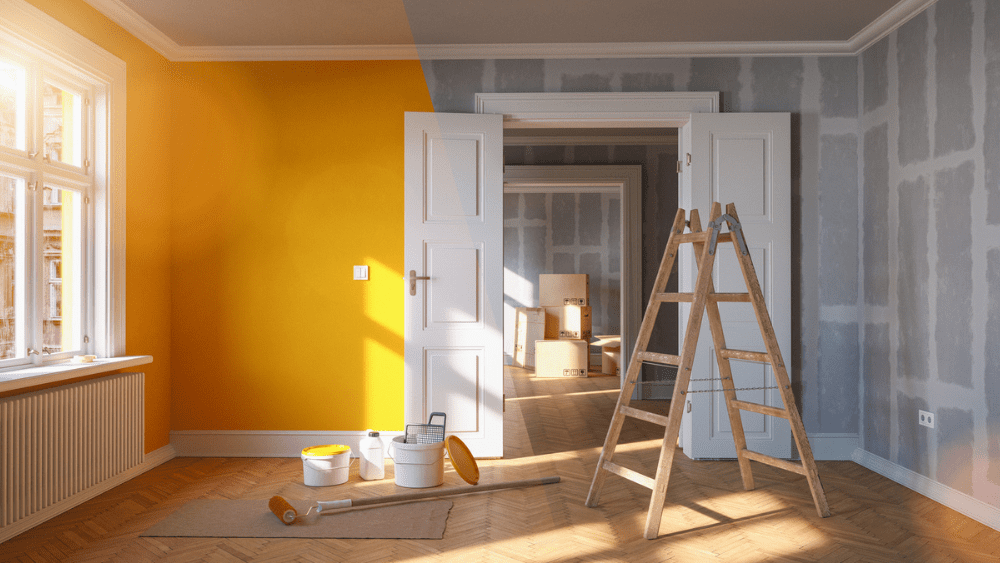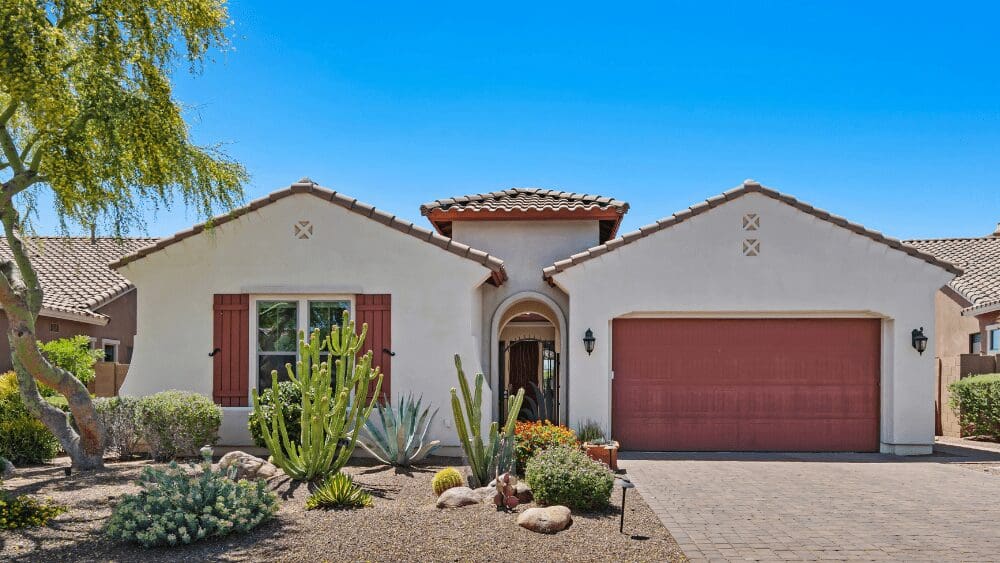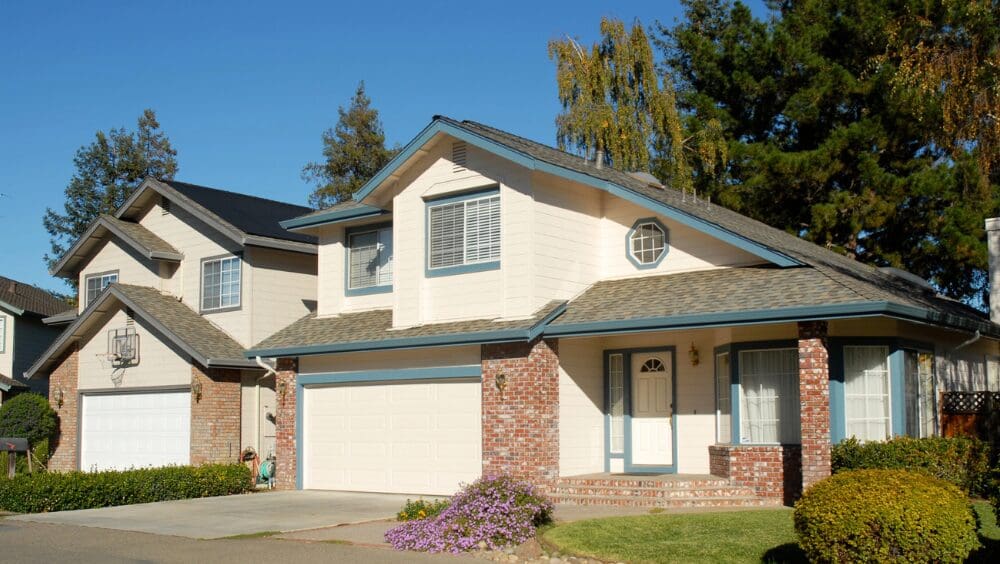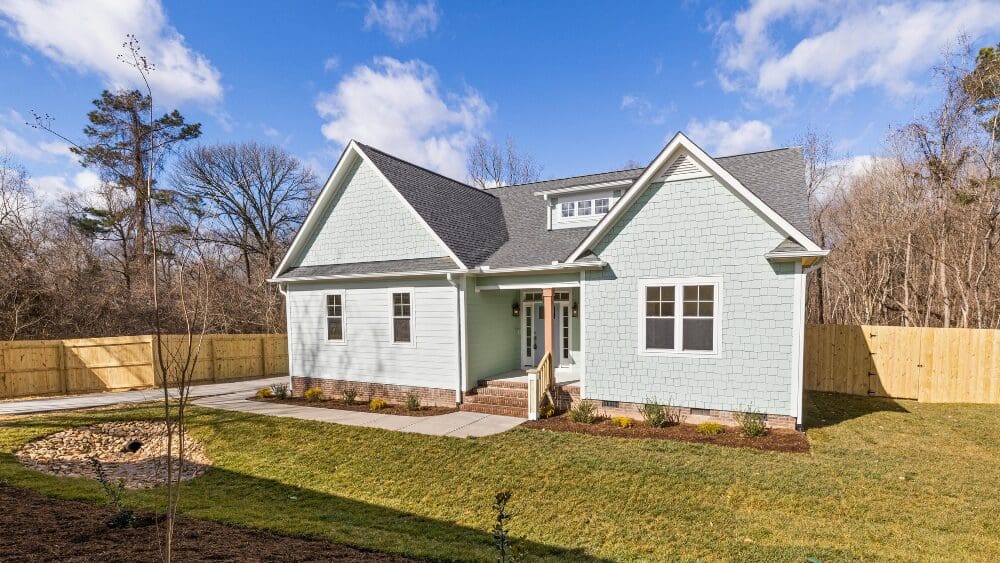
The most common recipe for a successful house flip involves a blend of ingredients, typically a large portion of upfront money, a bargain-priced property, and the right amount of know-how and drive. But what if you’ve found the house, knowledge, and drive, but you’re short on investment cash? A lack of funds doesn’t necessarily mean you can’t cook up profits in the house-flipping kitchen. In this post, we’ll share 10 strategies on how to flip houses with no money. House flipping involves purchasing a property, making improvements, and then selling it for a profit. Typically, this process is fairly quick. The goal is to sell the renovated property within a short time so the proceeds can be turned around and invested in another flip. Successful house flippers identify undervalued properties, make strategic renovations, and capitalize on market demand. “Flipping houses is an investment strategy in real estate that involves acquiring a piece of real estate, typically one that is in deteriorated physical condition or just simply outdated from an aesthetic perspective,” says Ryan Zomorodi, co-founder and COO of Real Estate Skills, a comprehensive school for investors. “And then investing capital to make improvements to the property, including any sort of repairs and structural issues to the property and certainly improving it cosmetically.” Zomorodi says many flippers set a goal to resell the property for a profit in less than 12 months. Contrary to popular belief, you don’t need your own money to start flipping houses. Many successful house flippers have launched their careers using alternative financing methods and leveraging other people’s money. “I started out house flipping — buying, fixing, and selling real estate — 20 years ago, and for the first five years of doing that, I was using other people’s money on every deal,” says Jeff Riber, a top Florida real estate agent and experienced house flipper. “Now I’m using my own money. But initially, that was how I got started.” This approach allows you to enter the market without a significant initial investment, making it accessible even if your personal funds are limited. The traditional house-flipping process follows these steps: Riber says the first step is the key that unlocks the door of opportunity. You can’t move forward with a successful flip until you’ve found the right house. “The real skill set is identifying opportunities in the world of ‘buy, fix, and sell’ real estate.” Then, you need to find the money to capture the property before someone else does. “I would beat the streets in any way possible, whether direct mail, cold calling, or networking, to try and find good deals,” Riber explains. “Once I found something, then I was beating the street to go try and find money to fund those deals for me.”What is house flipping?
Do you need your own money to be a house flipper?
How does house flipping typically work?



